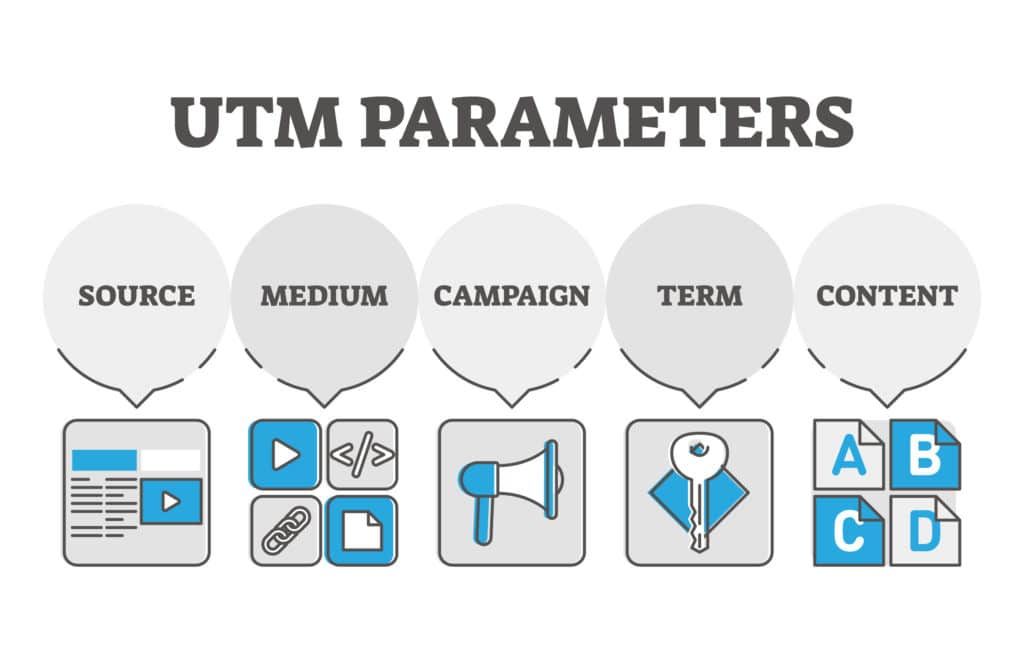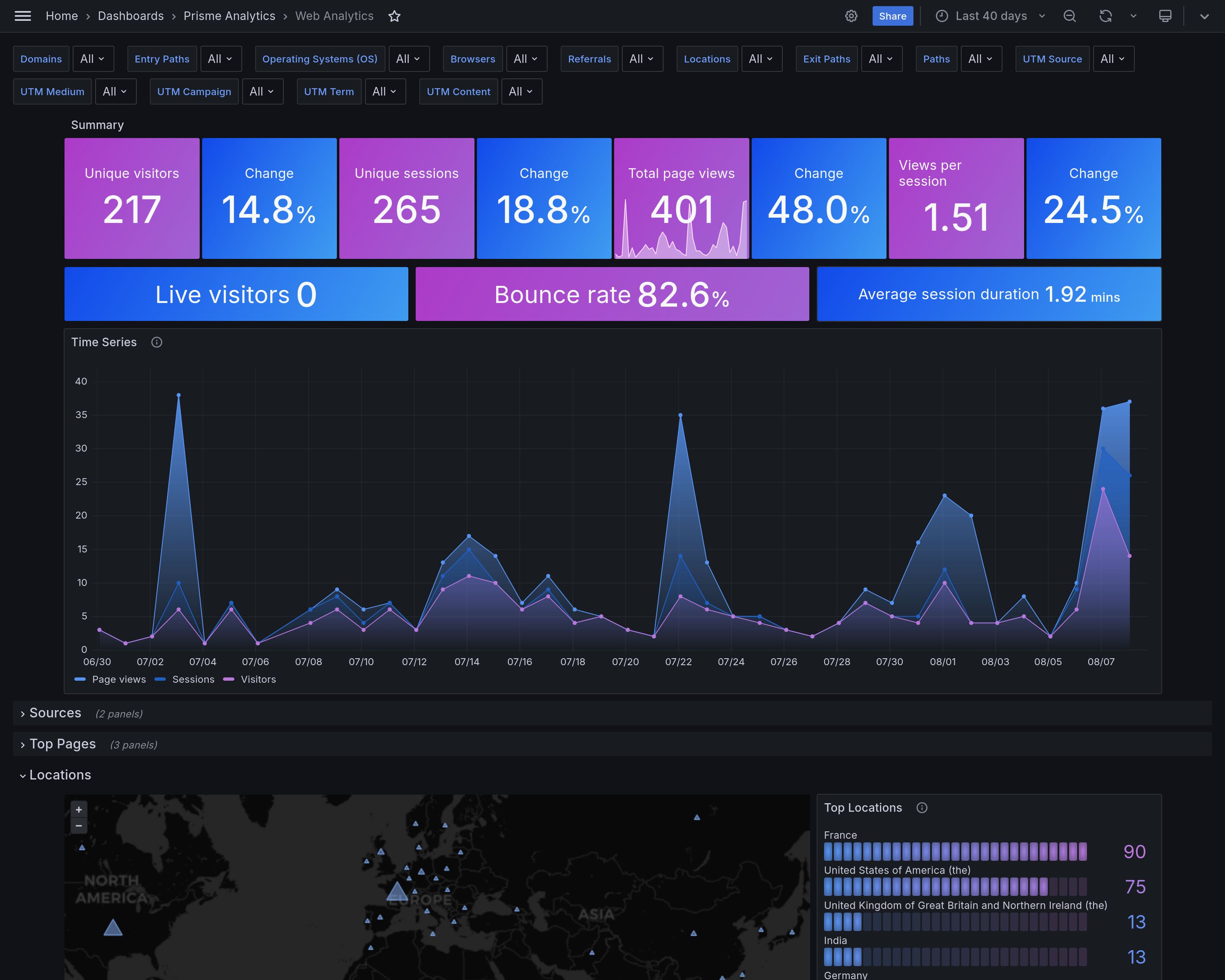
Understanding UTM parameters: A Guide to Effective Campaign Tracking
Published on 6/13/2024
In today's digital landscape, understanding the performance of your online marketing campaigns is crucial for making informed decisions and optimizing your strategies. One powerful tool that can help you achieve this goal is the use of UTM parameters. In this post, we'll delve into what UTM parameters are, how they work, and why you should incorporate them into your marketing efforts.
What Are UTM Parameters?
UTM stands for Urchin Tracking Module, a term coined by Google Analytics. Essentially, UTM parameters are small strings of text that can be added to the end of URLs to track specific aspects of your online campaigns. These parameters enable analytics services such as Prisme to knows how users landed on your website after clicking on an ad or link.
Let's see how it works.
The Anatomy of a UTM Parameter
A typical UTM parameter looks like this:
utm_source=twitter&utm_medium=social&utm_campaign=my_campaign.
Each part of the string serves a specific purpose:
- utm_source: Identifies the source of the traffic, such as social media platforms (e.g., Twitter), search engines (e.g., Google), or email campaigns.
- utm_medium: Indicates the medium through which the user arrived at your website, like social media, paid search, or organic search.
- utm_campaign: Tracks the specific campaign or promotion that drove traffic to your site.
Additionnally, you can add these optional parameters:
- utm_search: Identifies specific keywords or terms driving traffic to your
website, such as
summer salefor ads related to summer sale. - utm_content: Tracks performance of specific ad creatives or content, helping optimize engagement and conversions.
Why Use UTM Parameters?
Incorporating UTM parameters into your marketing campaigns offers numerous benefits:
- Improved Campaign Insights: By tracking specific aspects of your campaigns, you can gain a deeper understanding of how users interact with your content and identify areas for optimization.
- Enhanced Reporting: UTM parameters enable you to create customized reports in Prisme Analytics that provide actionable insights into campaign performance.
- Better Targeting: With UTM parameters, you can target specific segments of your audience and optimize your campaigns accordingly.
- Increased ROI: By optimizing your campaigns based on UTM parameter data, you can improve your return on investment (ROI) and maximize the effectiveness of your marketing spend.
How to Implement UTM Parameters
To start using UTM parameters, follow these simple steps:
- Determine Your Campaign Goals: Identify what you want to achieve with your campaign, whether it's generating leads, driving conversions, or increasing brand awareness.
- Choose Your UTM Parameters: Select the relevant source, medium, and campaign parameters that align with your goals.
- Add UTM Parameters to Your URLs: Use our free UTM builder tool to add parameters to the links you share across various marketing channels (e.g. social media, email, paid search).
Conclusion
UTM parameters are a powerful tool for tracking and optimizing your online campaigns. By incorporating these parameters into your marketing efforts, you'll gain valuable insights into user behavior, improve campaign performance, and increase ROI. As the digital landscape continues to evolve, it's essential to leverage tools like UTM parameters to stay ahead of the curve and achieve success in your marketing endeavors.
